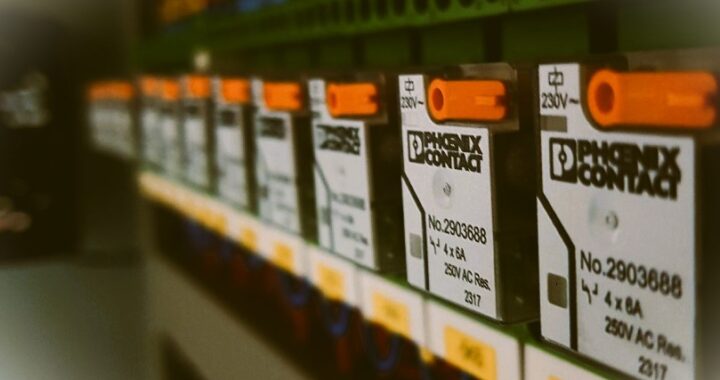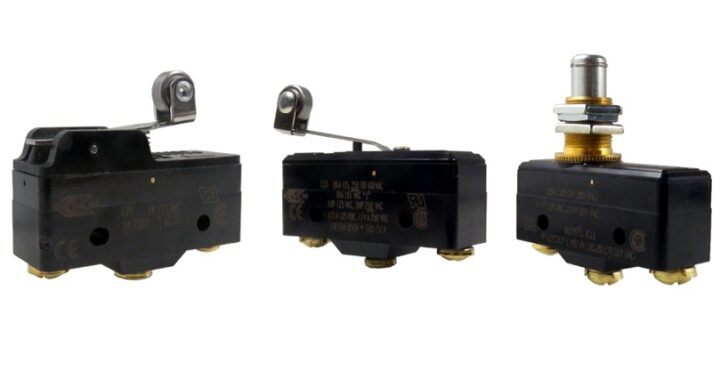Advantages and Disadvantages of Diodes in Electronics

Diodes are key parts of electrical circuits and are essential to the operation of many different devices. They permit current to flow in one direction while obstructing it in the other. Despite being widely used, diodes have pros and cons that must be taken into account when determining whether to utilize them in a given application. We will examine the advantages and disadvantages of diodes in this post so that readers can choose how to use them wisely.
Advantages of Diodes
The advantages of diodes are:
1. Rectification
Diodes are widely used for rectification, converting AC (alternating current) to DC (direct current). In devices like power supplies, chargers and inverters, this is crucial.
2. Voltage regulation
Due to their one-way current flow, diodes can also be employed for voltage regulation. This is beneficial for uses where a consistent voltage is necessary, like voltage regulators.
3. Low cost
Diodes are a cost-effective option for a variety of applications since they are reasonably affordable when compared to other electronic components.
4. Easy to use
Diodes are simple to operate and have straightforward connections. This makes them available to engineers creating commercial goods as well as hobbyists.
5. Wide availability
Diodes are simple to locate and acquire because they are often utilized and generally accessible.
6. Protection
Electronic devices can be protected against reverse voltage and voltage spikes using diodes. They can prevent damage to sensitive components and prolong the life of electronic devices.
7. Switching
In high-frequency applications like switching power supplies, radio frequency circuits and digital circuits, diodes can function as fast switches.
8. Amplification
In applications like photodiodes which transform light into electrical impulses, diodes can also amplify.
9. Ease of testing
Diodes are rather easy to test and you may use a simple continuity tester to see if one is working properly.
10. Versatility
Diodes can be used in a wide range of applications and environments since they are available in a number of forms, sizes and materials.
Disadvantages of Diodes
The disadvantages of diodes are:
1. Limited current handling
Diodes normally only have a limited capacity for handling current which means that they can only withstand a specific amount of current before failing. Their applicability in high-current applications is thus constrained.
2. Limited voltage handling
Diodes can only withstand a particular amount of voltage before failing due to their restricted voltage-handling capabilities. This may also reduce their value in specific contexts.
3. Unidirectional
Diodes only allow one direction of current flow which might be a drawback in some applications where bidirectional current flow is necessary.
4. Non-linear characteristics
Since diodes’ behavior is not linear and predictable, they exhibit non-linear voltage-current characteristics. Because of this, using them in some applications may be more challenging.
5. Efficiency loss
Voltage drop in diodes causes some energy to be lost during the conversion of AC to DC as heat. The efficiency of the system as a whole may suffer as a result.
6. Limited frequency response
Diodes have a constrained frequency response making them potentially unsuitable for high-frequency applications.
7. Temperature sensitivity
Temperature can have an impact on a diode’s performance and in high-temperature situations, additional cooling techniques could be necessary.
8. Limited power handling
Diodes have a low power handling capacity making them unsuitable for high-power applications.
9. Aging
Diodes may deteriorate with time resulting in a loss of performance and eventual failure.

 Types of Timer Relays and Their Applications
Types of Timer Relays and Their Applications  Relay Applications: Real-Life And Industrial Examples
Relay Applications: Real-Life And Industrial Examples  Types of Micro Switches and Their Applications
Types of Micro Switches and Their Applications  Best Voltage Testers for Home Use: 2023 Edition
Best Voltage Testers for Home Use: 2023 Edition  Advantages of Transducers for Optimal Measurement
Advantages of Transducers for Optimal Measurement  Advantages of Infrared Sensors: Improved Accuracy and More
Advantages of Infrared Sensors: Improved Accuracy and More